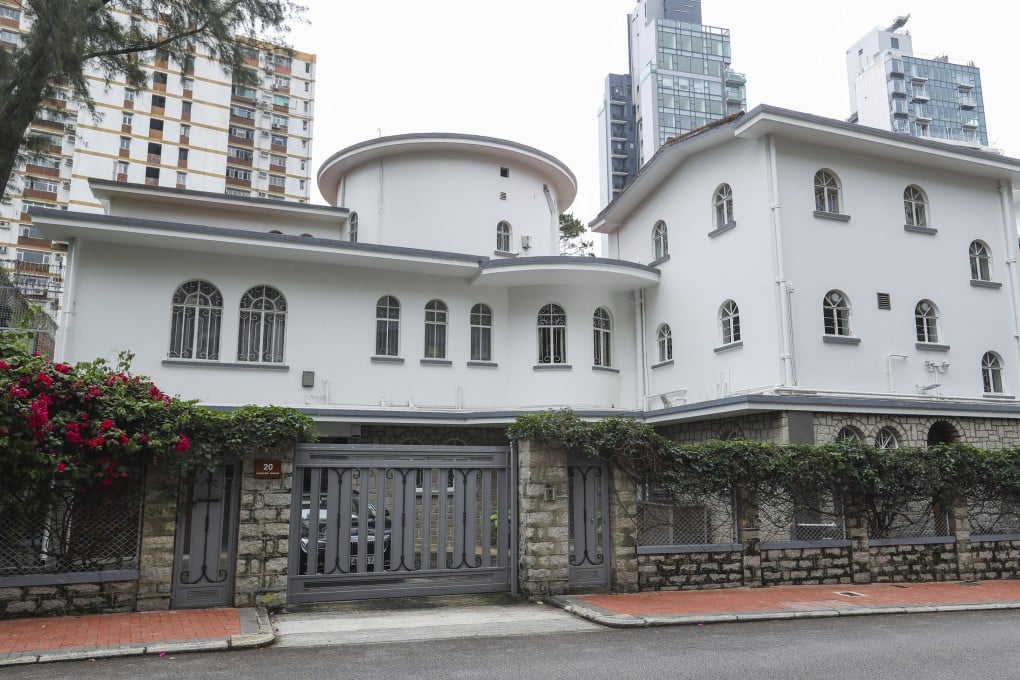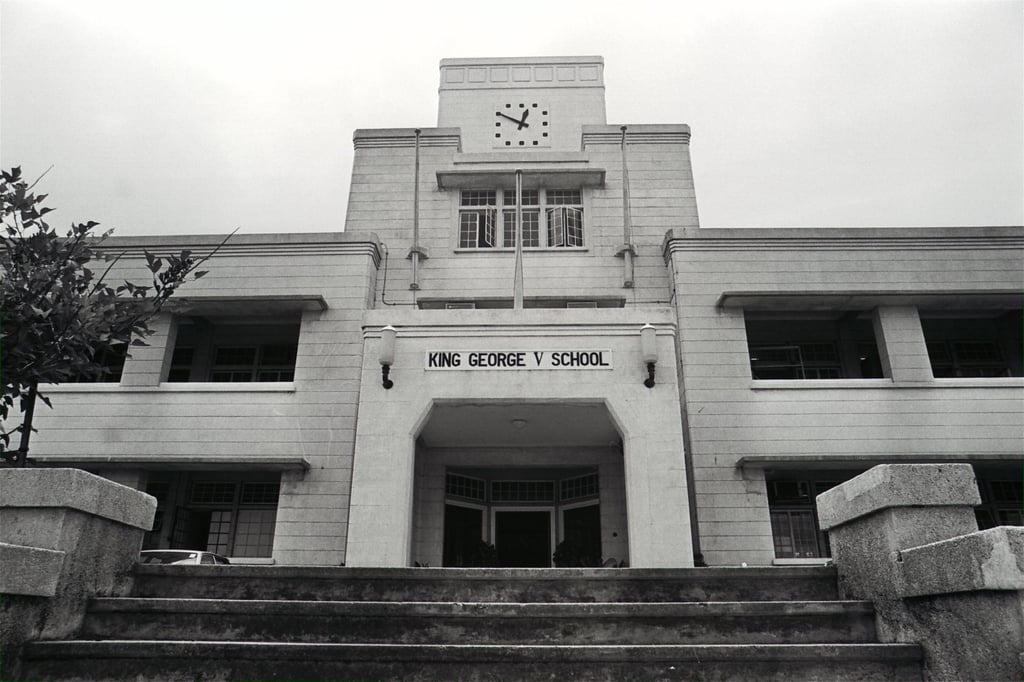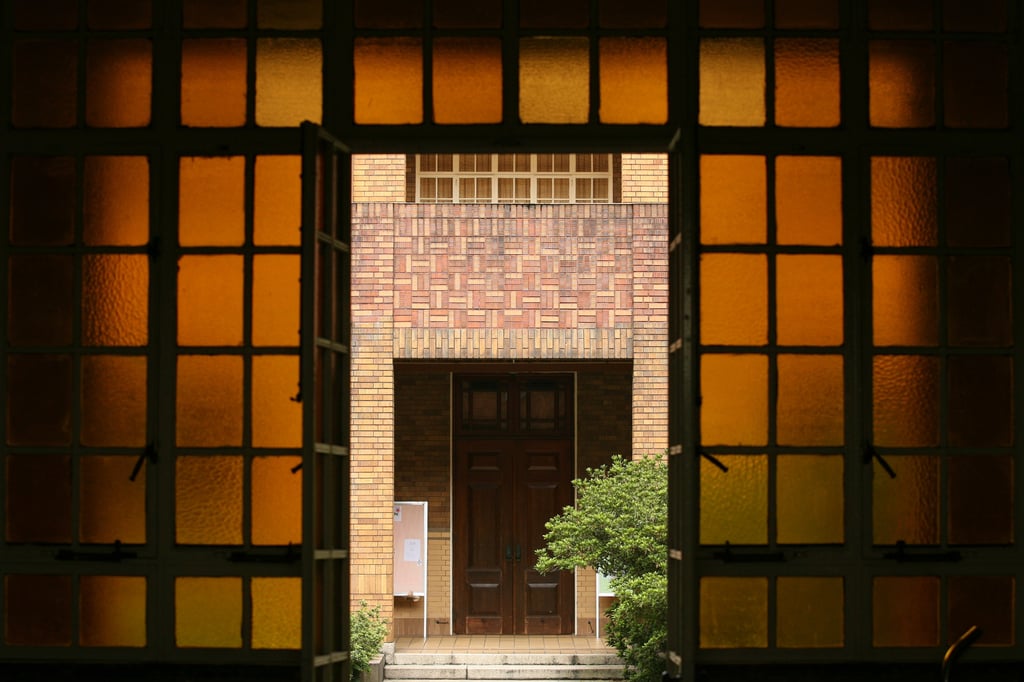Where to find glimpses of art deco architecture in Kowloon, Hong Kong
Hong Kong was no pioneer of the architectural style, which flourished post-WWI, but there are still some gems to be found – from the Kadoorie Estate to the frontage of King George V School


The 1937-built Maryknoll Convent School, on Waterloo Road, features distinct art deco influences alongside those of Gothic Revival, Neo-Georgian and Romanesque. Local architecture firm Little, Adams and Wood seem to have been conflicted between the early 20th century fads among British university and school architects for Tudor and Gothic Revival and the more recent popularity of art deco. Well maintained, Maryknoll may be a bit of an architectural mash-up, but it still functions brilliantly as a school building, with a large assembly hall, classrooms flooded with natural light and colonnaded walkways.

At the busy junction of Prince Edward Road West and Yuen Ngai Street, where most people blithely rush past, heads bent over phone screens, is a surviving example of Kowloon-side art deco. Built by Belgian construction company Crédit Foncier d’Extrême-Orient (CFEO) in the 1930s, the cluster of apartment buildings and ground-floor retail premises at 190-220 Prince Edward Road West was designed as “modern flats” for middle-class families, with shophouses and a shady colonnade at street level. The building is replete with art deco features, from the cantilevered balconies that overlook Yuen Ngai Street to the floor-to-ceiling windows that allow daylight to spill in and the recurrent wave pattern on the exterior of the colonnade pillars and stairway frontages that take their inspiration from traditional Asian imagery.
